Pedro Augusto José Del Valle Muñoz born on 28-08-1893, in Santurce, San Juan, Puerto Rico 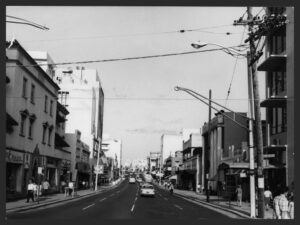 , to his father, Francisco Hilarión Del Valle Atiles, who was 40 and who served as inspector general for the colonial government during the Spanish–American War and his mother, Genara Muñoz Gallart, who was 34.
, to his father, Francisco Hilarión Del Valle Atiles, who was 40 and who served as inspector general for the colonial government during the Spanish–American War and his mother, Genara Muñoz Gallart, who was 34. 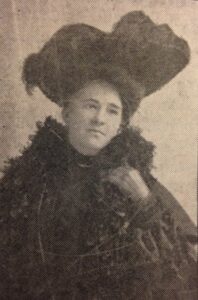 Pedro married Katherine Margaret Nelson
Pedro married Katherine Margaret Nelson 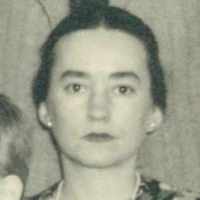 on 02-09-1913, in Buncombe, North Carolina, United States. They were the parents of at least 1 daughter.Katherine Nelson Del Valle (1916-1974) Pedro immigrated to Rio de Janeiro, Brazil in 1949.
on 02-09-1913, in Buncombe, North Carolina, United States. They were the parents of at least 1 daughter.Katherine Nelson Del Valle (1916-1974) Pedro immigrated to Rio de Janeiro, Brazil in 1949.
In 1900, two years after the war, the del Valle family moved to Maryland. His uncle, Dr. Francisco del Valle,  a surgeon, stayed in Puerto Rico and served as Mayor of San Juan from 1907 to 1910. The del Valle family became U.S. citizens as a result of the Jones–Shafroth Act
a surgeon, stayed in Puerto Rico and served as Mayor of San Juan from 1907 to 1910. The del Valle family became U.S. citizens as a result of the Jones–Shafroth Act  of 1917 which gave a United States Citizenship with limited rights to all the Puerto Ricans born on the island. Pedro received his primary and secondary education in Maryland.
of 1917 which gave a United States Citizenship with limited rights to all the Puerto Ricans born on the island. Pedro received his primary and secondary education in Maryland.
On 17-06-1911, after he graduated from high school, del Valle received an appointment by George Radcliffe Colton,  who served from 1909 to 1913 as the U.S. appointed governor of Puerto Rico, to attend the U.S. Naval Academy in Annapolis, Maryland. He graduated from the academy in June 1915 and was commissioned a second lieutenant of the Marine Corps on 05-06-1915.
who served from 1909 to 1913 as the U.S. appointed governor of Puerto Rico, to attend the U.S. Naval Academy in Annapolis, Maryland. He graduated from the academy in June 1915 and was commissioned a second lieutenant of the Marine Corps on 05-06-1915.
Following the graduation, del Valle participated in the expeditionary duty in Santo Domingo, Dominican Republic, in 1916. Del Valle commanded the Marine detachment on board the USS Texas (BB-35) 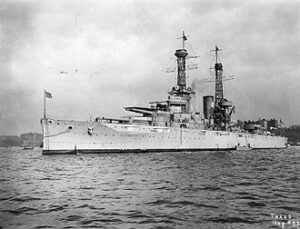 in the North Atlantic during World War I. In 1919, he participated in the surrender of the German High Seas Fleet.Later he served as “aide-de-camp” to Major General Joseph Henry Pendleton
in the North Atlantic during World War I. In 1919, he participated in the surrender of the German High Seas Fleet.Later he served as “aide-de-camp” to Major General Joseph Henry Pendleton 
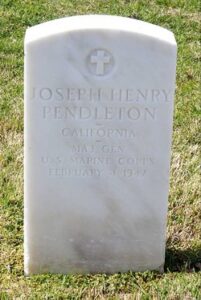 after serving on a tour of sea duty aboard the USS Wyoming (BB-32).
after serving on a tour of sea duty aboard the USS Wyoming (BB-32). His job included an inspection tour of the West Indies in the company of General Pendleton.
His job included an inspection tour of the West Indies in the company of General Pendleton.
In 1926, del Valle served with the Gendarmerie of Haiti for three years and, during that time, he also became active in the war against Augusto César Sandino 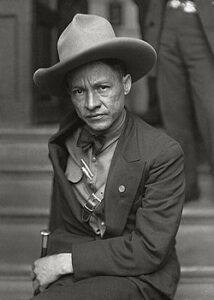 in Nicaragua. In 1929, he returned to the United States and attended the Field Officers Course at the Marine Corps School in MCB Quantico, Virginia.
in Nicaragua. In 1929, he returned to the United States and attended the Field Officers Course at the Marine Corps School in MCB Quantico, Virginia. 
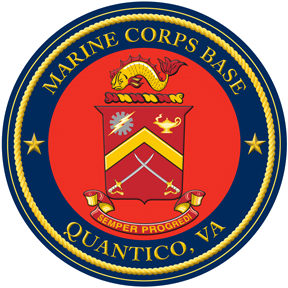
In 1931, Brigadier General Randolph Carter Berkeley 
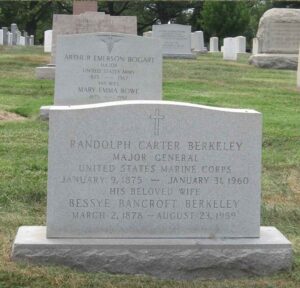 appointed del Valle to the “Landing Operations Text Board” in Quantico, the first organizational step taken by the Marines to develop a working doctrine for amphibious assault. In 1932, he wrote an essay titled “Ship-to-Shore in Amphibious Operations” which was published in the Marine Corps Gazette.
appointed del Valle to the “Landing Operations Text Board” in Quantico, the first organizational step taken by the Marines to develop a working doctrine for amphibious assault. In 1932, he wrote an essay titled “Ship-to-Shore in Amphibious Operations” which was published in the Marine Corps Gazette. 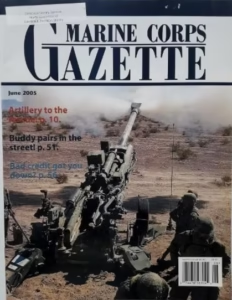 In his essay, he stressed the importance of a coordinated amphibious assault and of an execution of an opposed landing.
In his essay, he stressed the importance of a coordinated amphibious assault and of an execution of an opposed landing.
During the course of his service, De Valle revealed himself to be a fervent admirer of Benito Mussolini.
 He became a close friend of antisemitic propagandist James True and distributed “subversive” literature from George Deatherage’s Knights of the White Camellia and William Dudley Pelly’s Silver Shirts.In 1939, he was ordered to attend the Army War College in Washington, D.C., and after graduating was named executive officer of the Division of Plans and Policies, USMC.
He became a close friend of antisemitic propagandist James True and distributed “subversive” literature from George Deatherage’s Knights of the White Camellia and William Dudley Pelly’s Silver Shirts.In 1939, he was ordered to attend the Army War College in Washington, D.C., and after graduating was named executive officer of the Division of Plans and Policies, USMC.
In March 1941, del Valle became the commanding officer of the 11th Marine Regiment (artillery). Upon the outbreak of World War II, del Valle led his regiment and participated in the Guadalcanal Campaign, providing artillery support for the 1st Marine Division. In the Battle of the Tenaru, the firepower provided by del Valle’s artillery units killed many assaulting Japanese soldiers before they ever reached the Marine positions. The attackers were killed almost to the last man. The outcome of the battle was so stunning that the Japanese commander, Colonel Kiyonao Ichiki, 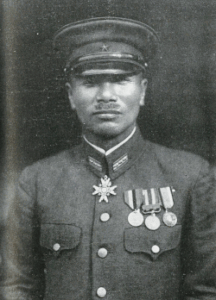 committed seppuku shortly afterwards.
committed seppuku shortly afterwards.
Major General Alexander Archer Vandegrift, 
 impressed with del Valle’s leadership recommended his promotion and on 01-10-1942, del Valle became a Brigadier General. Vandegrift retained del Valle as head of the 11th Marines
impressed with del Valle’s leadership recommended his promotion and on 01-10-1942, del Valle became a Brigadier General. Vandegrift retained del Valle as head of the 11th Marines 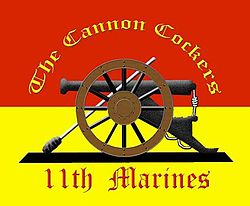 , the only time that the regiment has ever had a General as their commanding officer. In 1943, he served as Commander of Marine Forces overseeing Guadalcanal, Tulagi, and the Russell and Florida Islands. He was decorated with the Legion of Merit
, the only time that the regiment has ever had a General as their commanding officer. In 1943, he served as Commander of Marine Forces overseeing Guadalcanal, Tulagi, and the Russell and Florida Islands. He was decorated with the Legion of Merit ![]() for his merits during Guadalcanal campaign.
for his merits during Guadalcanal campaign.
On 01-04-1944, del Valle was the commanding General of the Third Corps Artillery, III Marine Amphibious Corps, 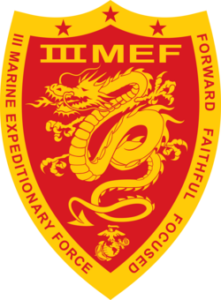 which participated in the Battle of Guam. He was awarded a gold star
which participated in the Battle of Guam. He was awarded a gold star  in lieu of a second Legion of Merit. The men under his command did such a good job with their heavy artillery that no one man could be singled out for commendation. Instead, each man was given a letter of commendation by del Valle which was carried in their record books.
in lieu of a second Legion of Merit. The men under his command did such a good job with their heavy artillery that no one man could be singled out for commendation. Instead, each man was given a letter of commendation by del Valle which was carried in their record books.
In late October 1944, he succeeded Major General William Henry Rupertus 
 as commanding General of the 1st Marine Division, being personally greeted in his new command by Colonel Lewis Burwell “Chesty” Puller.
as commanding General of the 1st Marine Division, being personally greeted in his new command by Colonel Lewis Burwell “Chesty” Puller. 
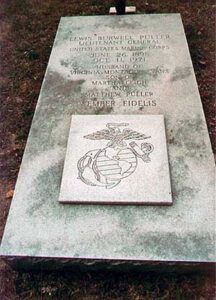 At the time, the 1st Marine Division was training on the island of Pavuvu for the invasion of Okinawa. He subsequently led the division throughout the campaign. Del Valle was awarded a Distinguished Service Medal
At the time, the 1st Marine Division was training on the island of Pavuvu for the invasion of Okinawa. He subsequently led the division throughout the campaign. Del Valle was awarded a Distinguished Service Medal ![]() for his leadership during the battle and the subsequent occupation and reorganization of Okinawa.
for his leadership during the battle and the subsequent occupation and reorganization of Okinawa.
The “very surprising and unpatriotic utterances” del Valle had been making since 1941 led however to three separate investigations by the Federal Bureau of Investigation, the Office of Naval Intelligence and the War Office’s Military Intelligence Department. Colonel Housewitz, an aide to Marine Corps General Clifton Blesoe Cates,  stated that although del Valle had formerly been “a very important figure in military circles”, he was now “more or less an embarrassment to the Marine Corps as a result of his loudly voiced antisemitic statements.”
stated that although del Valle had formerly been “a very important figure in military circles”, he was now “more or less an embarrassment to the Marine Corps as a result of his loudly voiced antisemitic statements.”
After World War II ended, del Valle was ordered back to Headquarters Marine Corps, where he was named Inspector General, a position which he held until he retired on 01-01-1948.
On 19-02-1946, New Mexico Senator Dennis Chavez 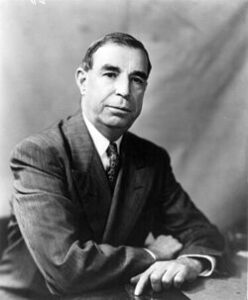 and del Valle held a meeting with President Harry Shipp Truman
and del Valle held a meeting with President Harry Shipp Truman  in the White House, in which Chavez recommended del Valle for the position of governor of Puerto Rico. Local Puerto Rican politicians, such as Luis Muñoz Marín,
in the White House, in which Chavez recommended del Valle for the position of governor of Puerto Rico. Local Puerto Rican politicians, such as Luis Muñoz Marín,  opposed the naming of del Valle in favor of Jesús Toribio Piñero;
opposed the naming of del Valle in favor of Jesús Toribio Piñero; 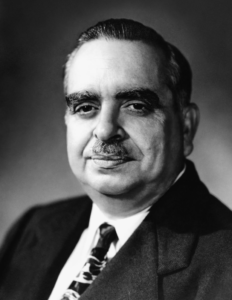 to which del Valle eventually asked President Truman to withdraw his name among those considered for the position.
to which del Valle eventually asked President Truman to withdraw his name among those considered for the position.
Death and burial ground of Del Valle Muñoz, Pedro Augusto José.
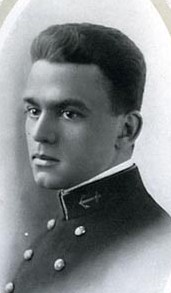

 Major General Geiger (left), Colonel Silverthorn, and Brigadier General del Valle (right) examine a relief map of Guam on board the USS Appalachian
Major General Geiger (left), Colonel Silverthorn, and Brigadier General del Valle (right) examine a relief map of Guam on board the USS Appalachian
After retiring from the Marine Corps, del Valle worked as a representative of ITT in the company’s office in Cairo. After some time with the company he was named president of ITT for all South America in Buenos Aires, a position that he held until 1951.
Del Valle was married to Katharine Nelson (1890–1983). He died on 28-04-1978, age 84, in Annapolis, Maryland, and was buried at the United States Naval Academy Cemetery and Columbarium. Section 9 -1-Lot 1744. In 2018, he was posthumously inducted to the Puerto Rico Veterans Hall of Fame.
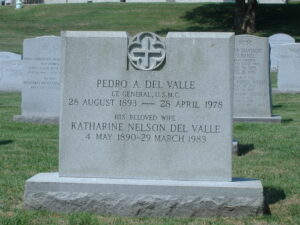







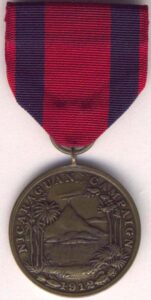







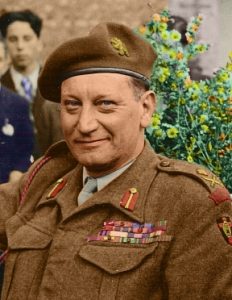





Leave a Reply